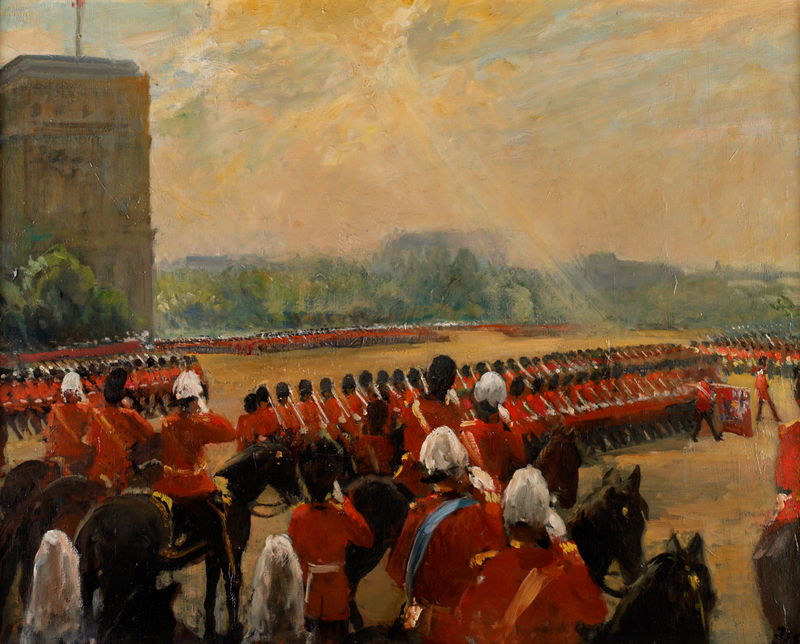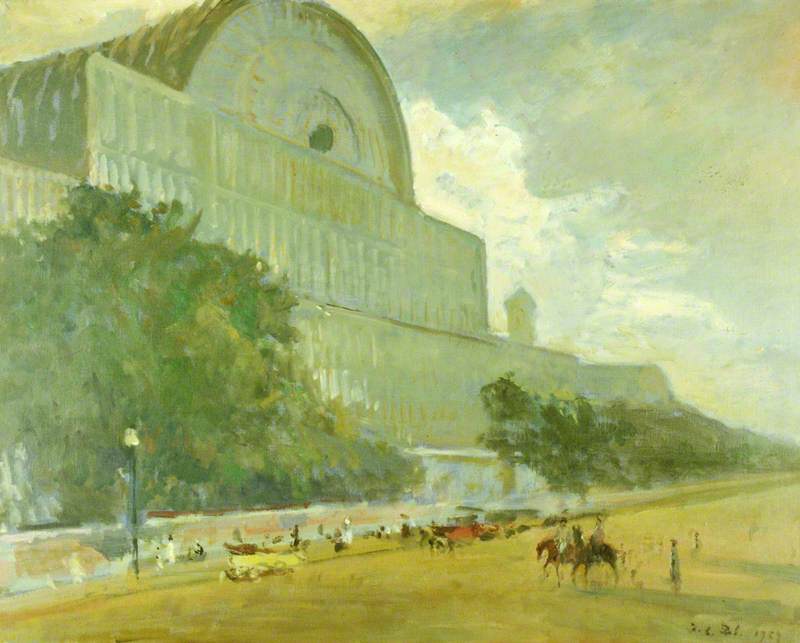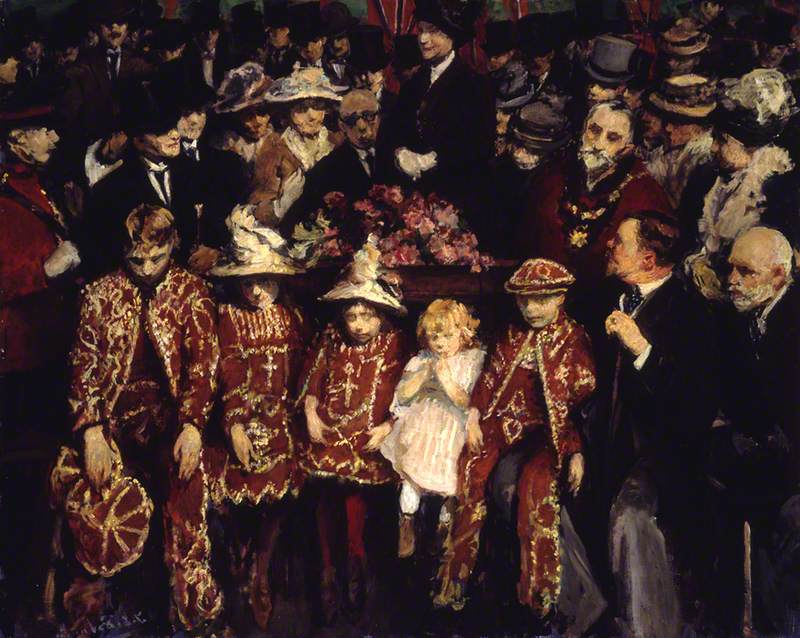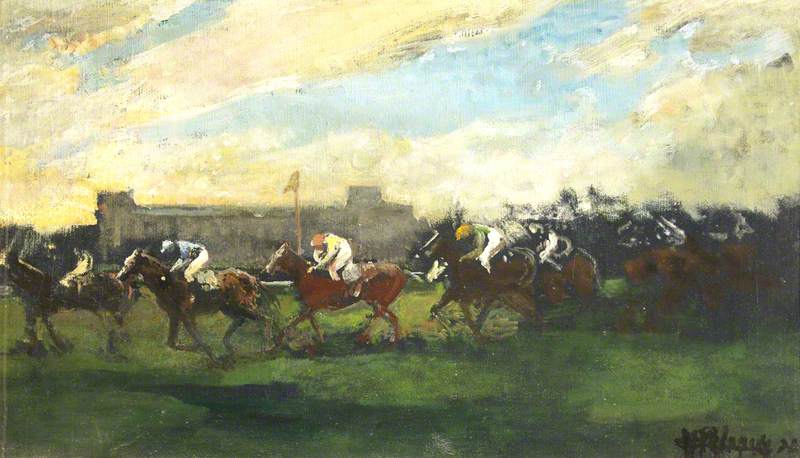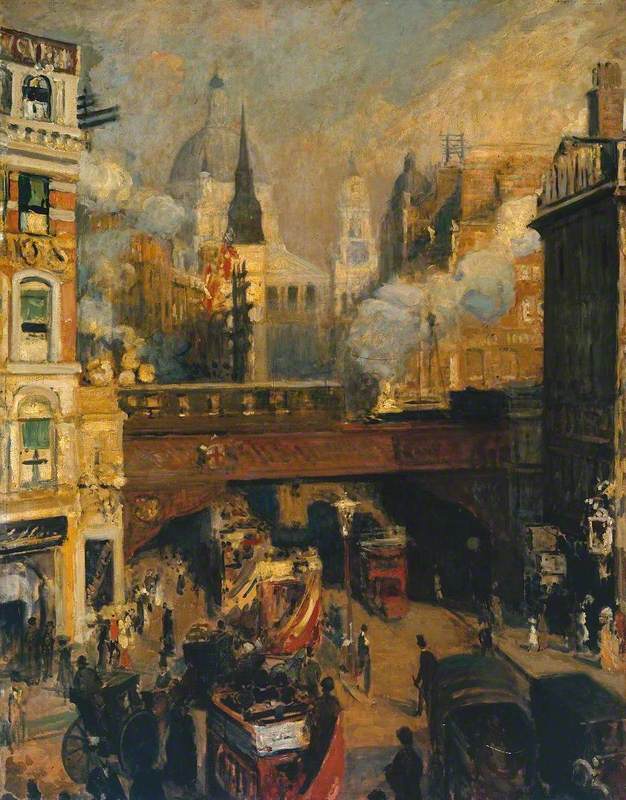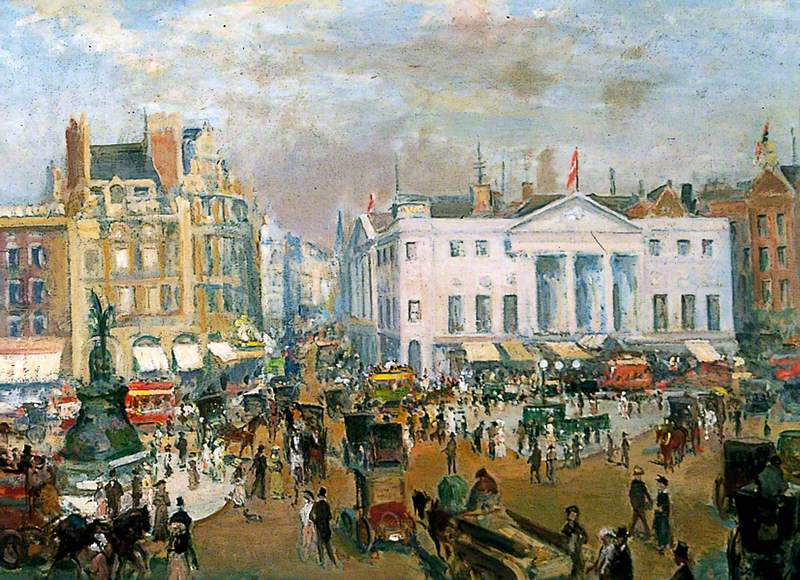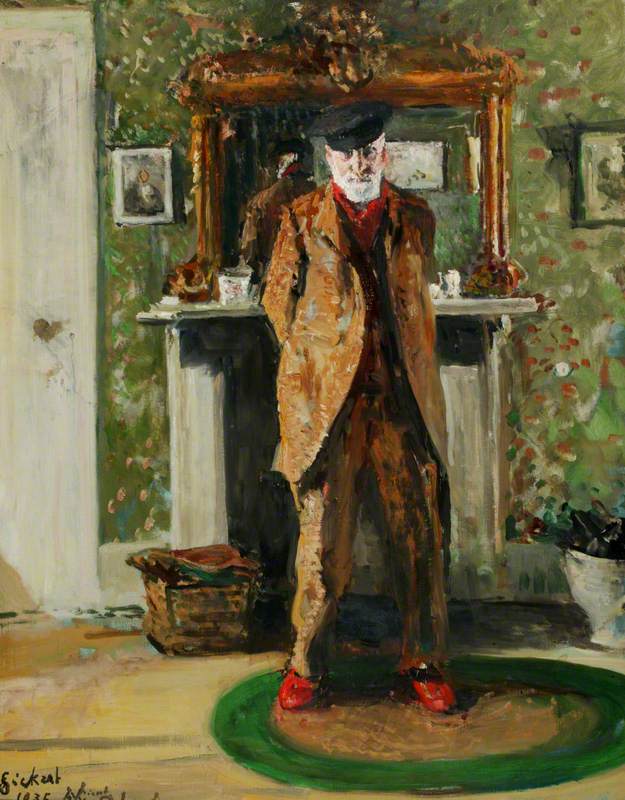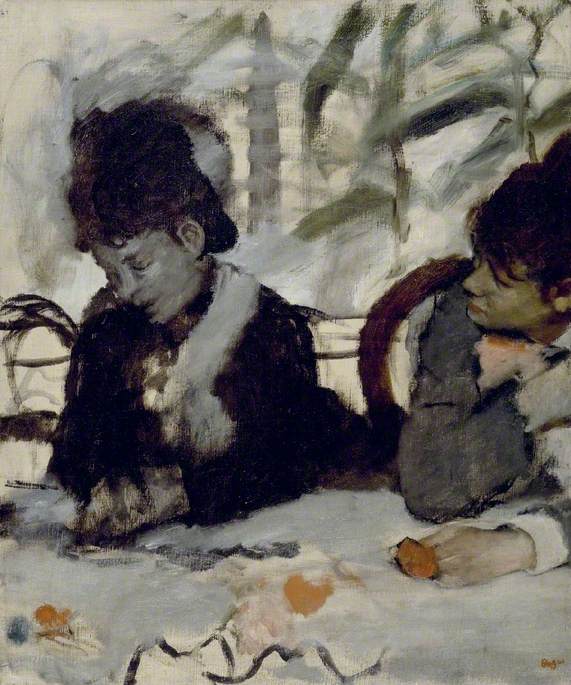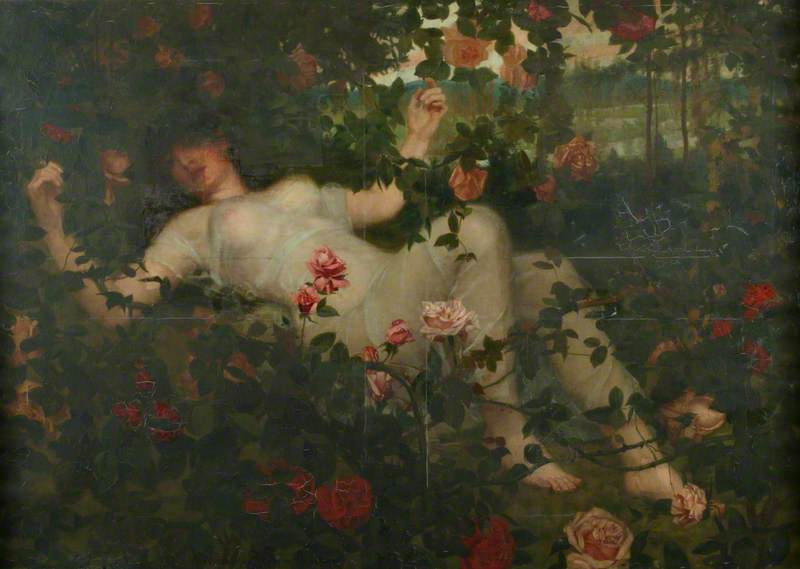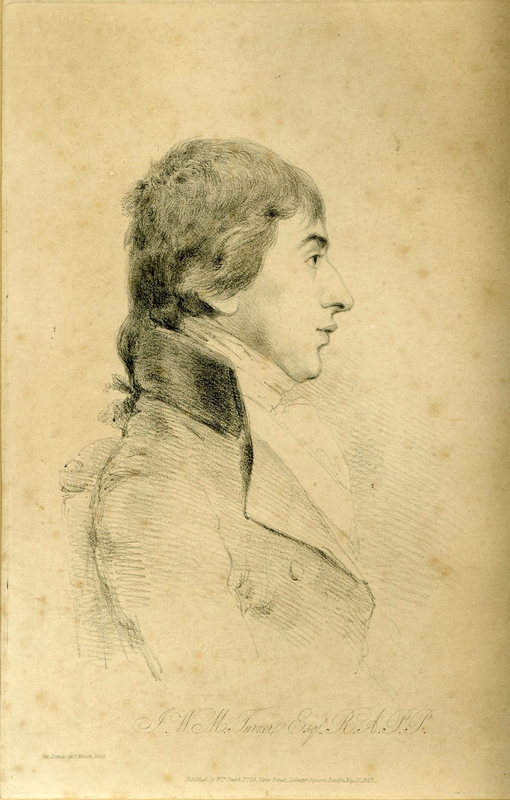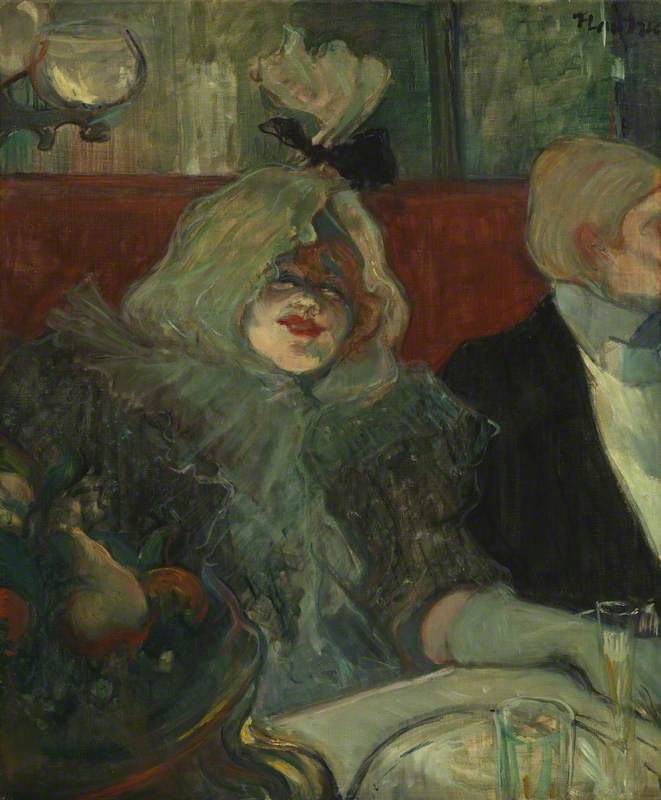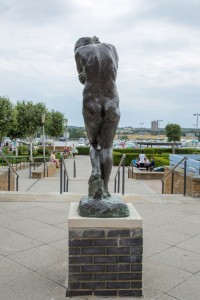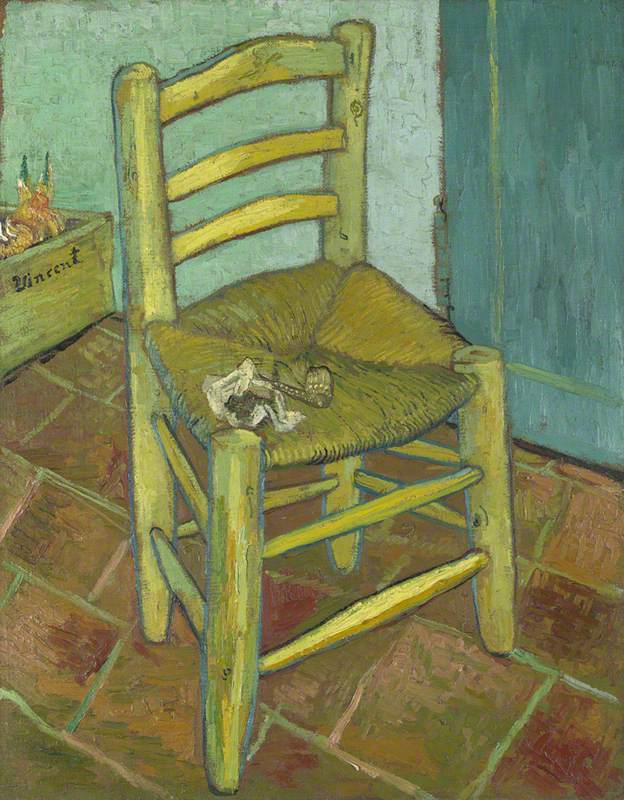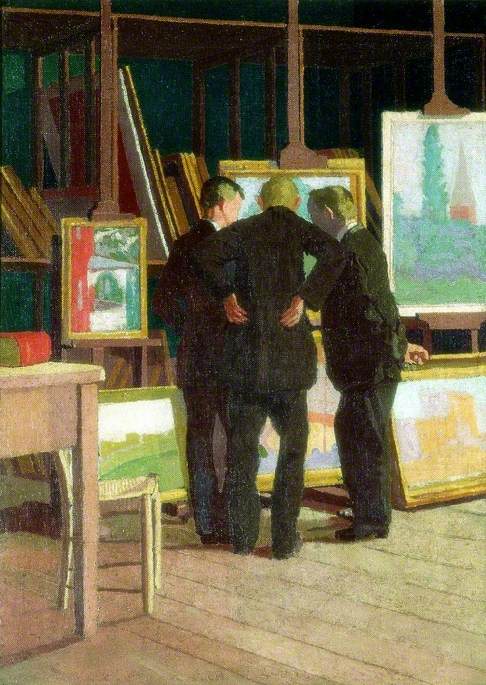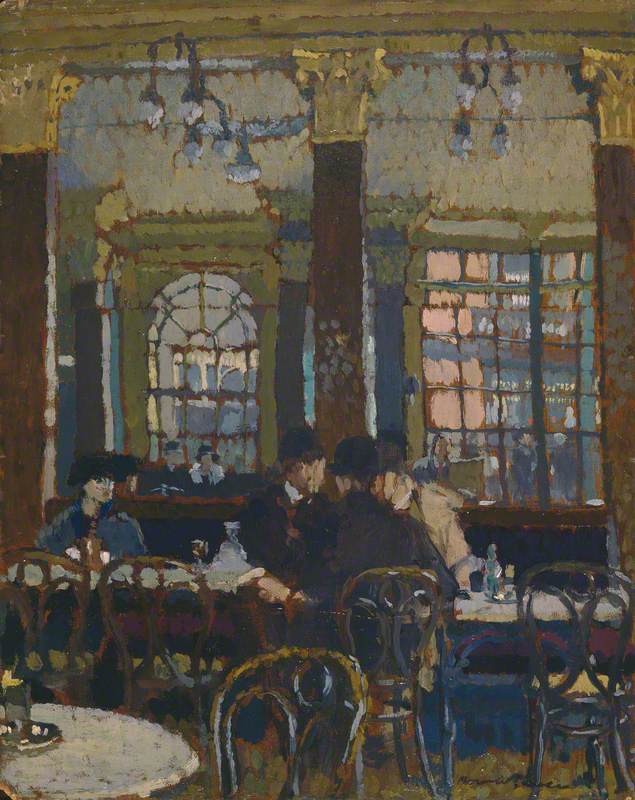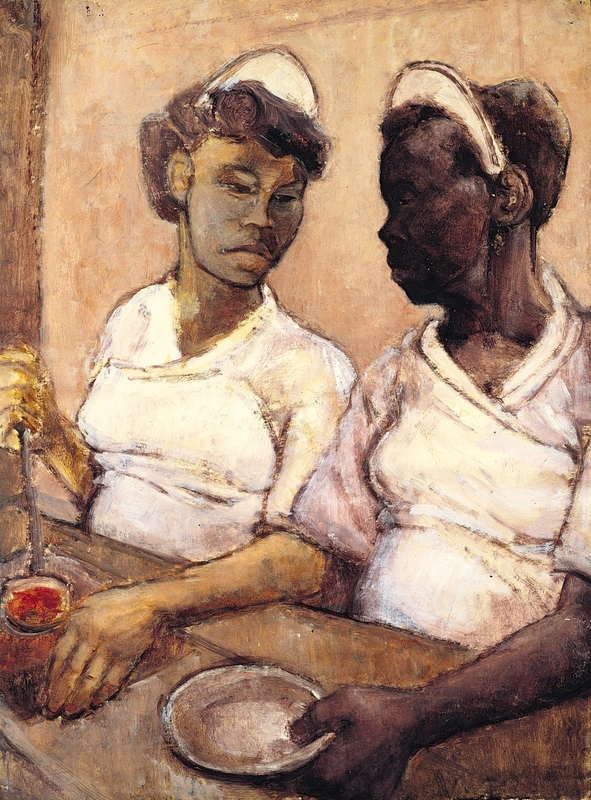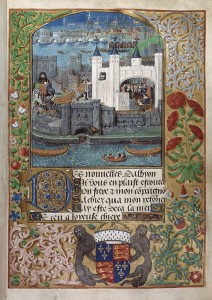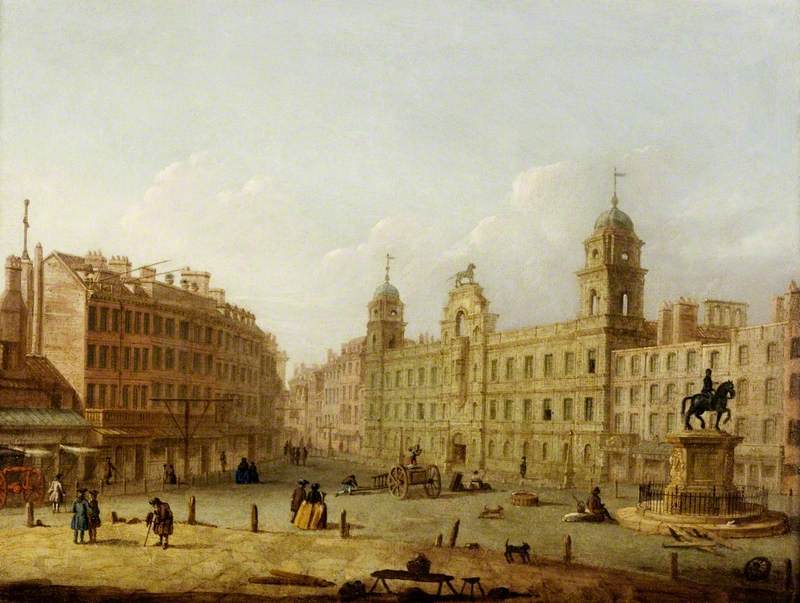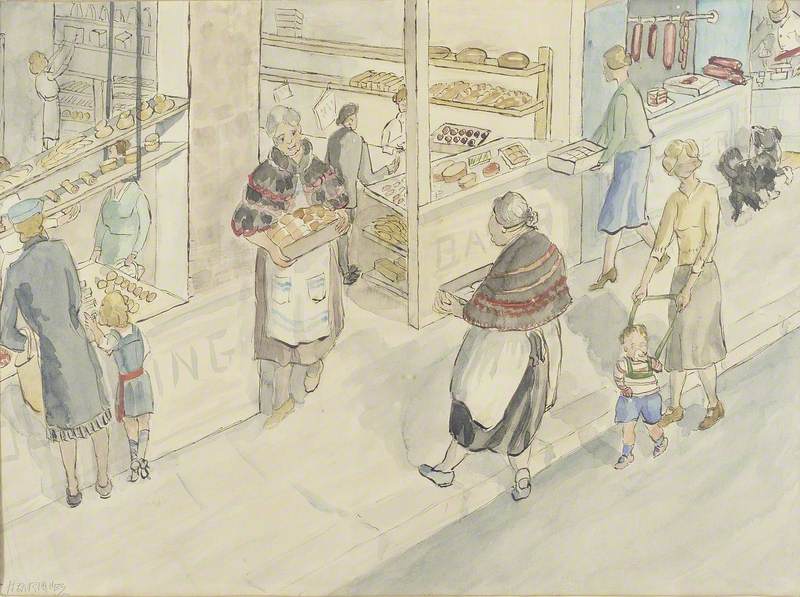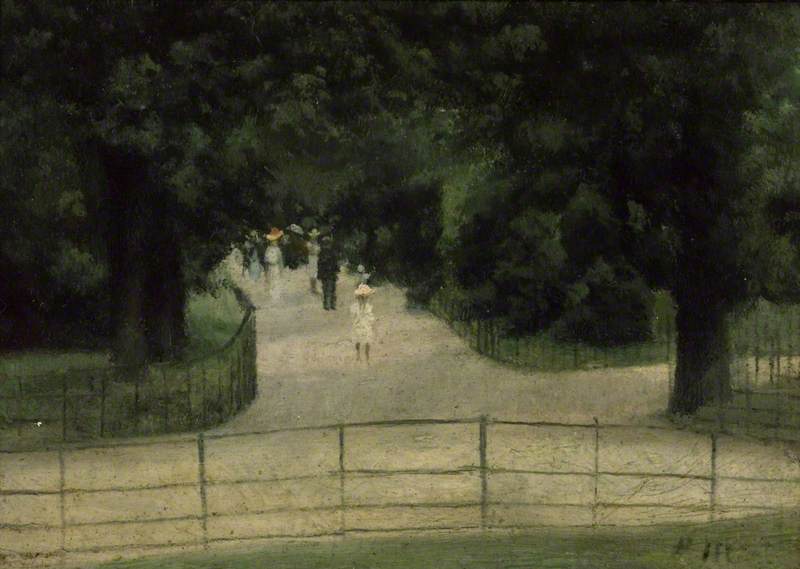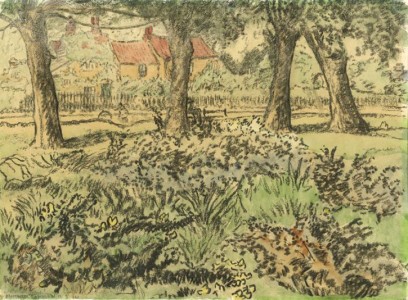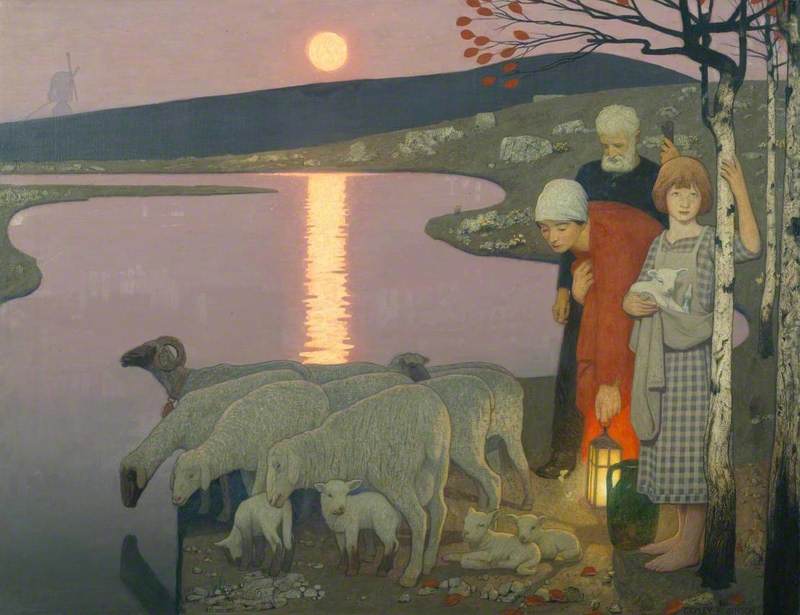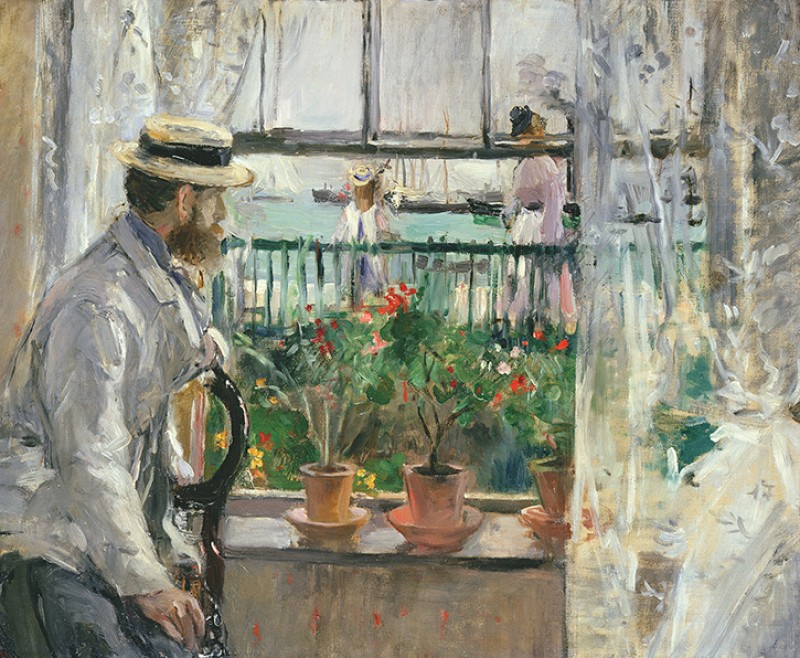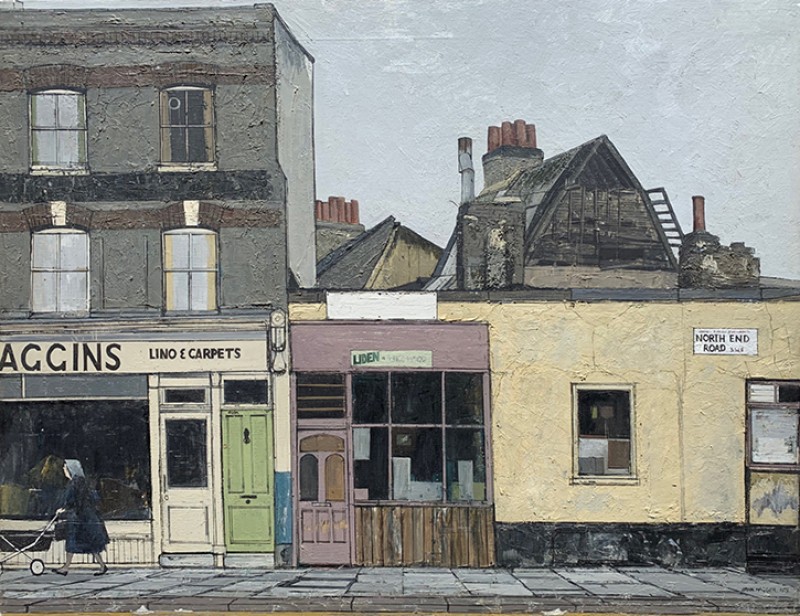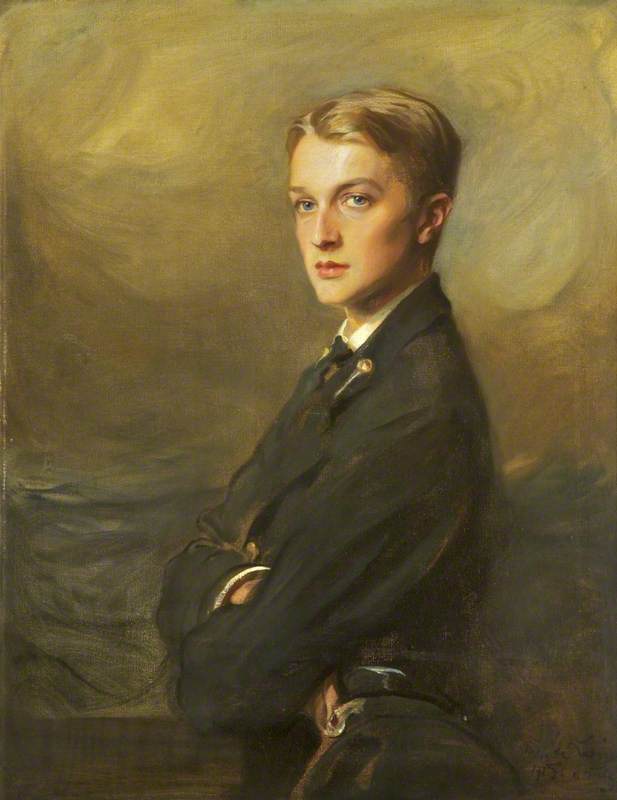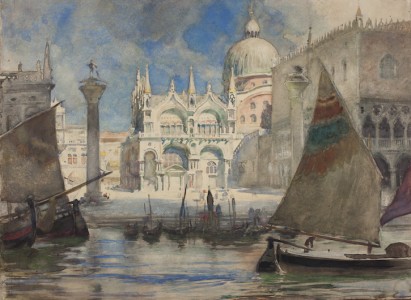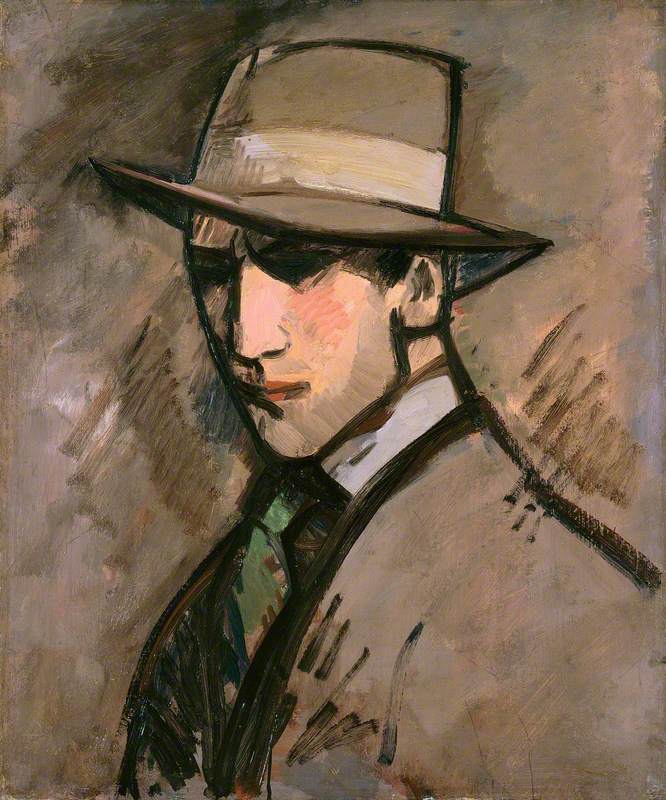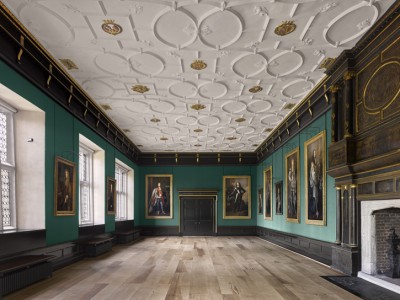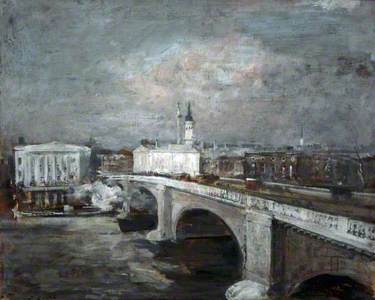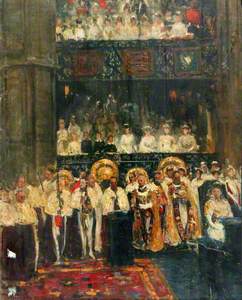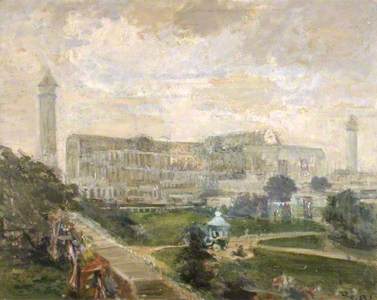Why would such a very French painter as Jacques-Emile Blanche paint a view of London Bridge just before the First World War?
Very curiously, Blanche is as often as not still included in British painting sales as well as French ones. Although he was a member of the ‘Tout Paris of the Belle Epoque’, he was equally at home in upper-class Edwardian London. Indeed, he has never lost his popularity with collectors and museums in both countries.
Blanche was not merely a celebrated painter in his own lifetime, but also a distinguished musician and the author of over 40 published books, many written in English, as well as a prolific journalist in both languages. His links with England were both profound and lasting. From his first stay as a little boy on his own, aged 11, after having fled the Franco-Prussian war, he was absolutely ‘hooked’ and, from 1904, he lived at least a part of every year in London, painting portrait commissions and numerous views of the city. He showed these until the Second World War at the Fine Art Society, the Grosvenor Galleries and the Leicester Galleries. Indeed, Blanche had his last ever London exhibition there in 1939 called Paintings by Jacques-Emile Blanche and of His Collection and it represented a retrospective as large as the one he had had in Paris in 1929.
Knightsbridge from Sloane Street, London (Fine December Morning)
1903/1913
Jacques-Emile Blanche (1861–1942) 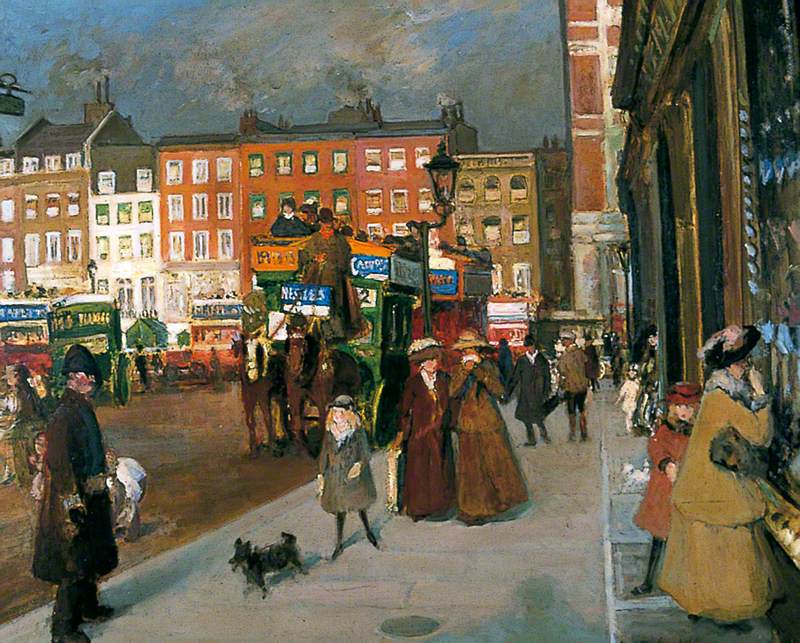
In all respects, Blanche considered himself to be a perfect English gentleman, always dressed in tweeds or ‘tidy London suits’, which he had made to measure in Savile Row. He ordered his shoes at Lobb’s and his hats and caps at Lock’s. He spoke the English language to near perfection, but with a curious upper-class accent, which his English friends thought hilarious but which he himself believed to be totally authentic.
Blanche’s trips to London grew more and more frequent from 1880 onwards. Little by little, he acquired precious contacts and a real clientele for his portraits. Once he married in 1895, he would spend a part of each year in London right up until 1913. The London that Blanche frequented during those years had doubled in size during Victoria’s reign, becoming a prosperous capital city of an Empire on which the sun never set.
The self-confidence that the knowledge of being undisputedly the most powerful country in the world was translated into prestigious town-planning. The construction of the Houses of Parliament and the Embankment, and the rapid expansion of neighborhoods to the west, such as Knightsbridge and Kensington, had changed the look of the city. A ‘hostile metropolis’ or ‘a dusty hive’ Blanche would grumble, but he was always thrilled to return. He would always choose to live in Chelsea or Belgravia, be it Walton or William Street, fashionable areas favoured by artists, with quick access to the parks.
Blanche divided his life equally between London and Paris. He was neither a visitor nor a foreigner but a true ‘Englishman by adoption’, who was absolutely passionate about the city, as the many paintings of the city and its inhabitants show us.
Jane Roberts, Jane Roberts Fine Arts
Jane has been compiling the Jacques-Emile Blanche (1861–1942) catalogue raisonné since 1987.

